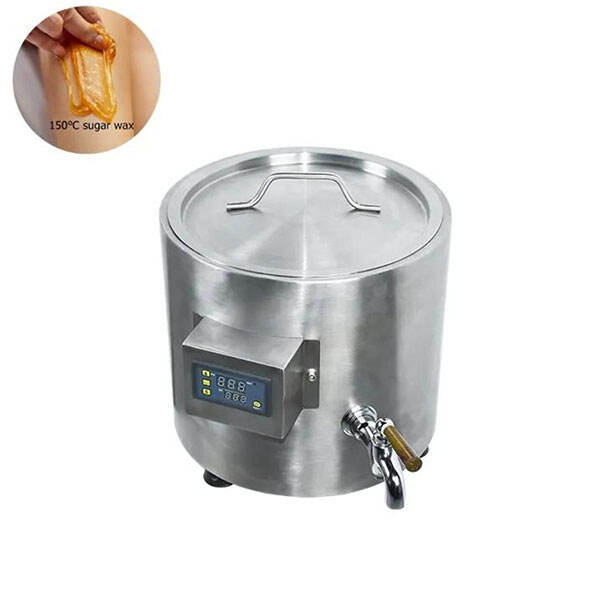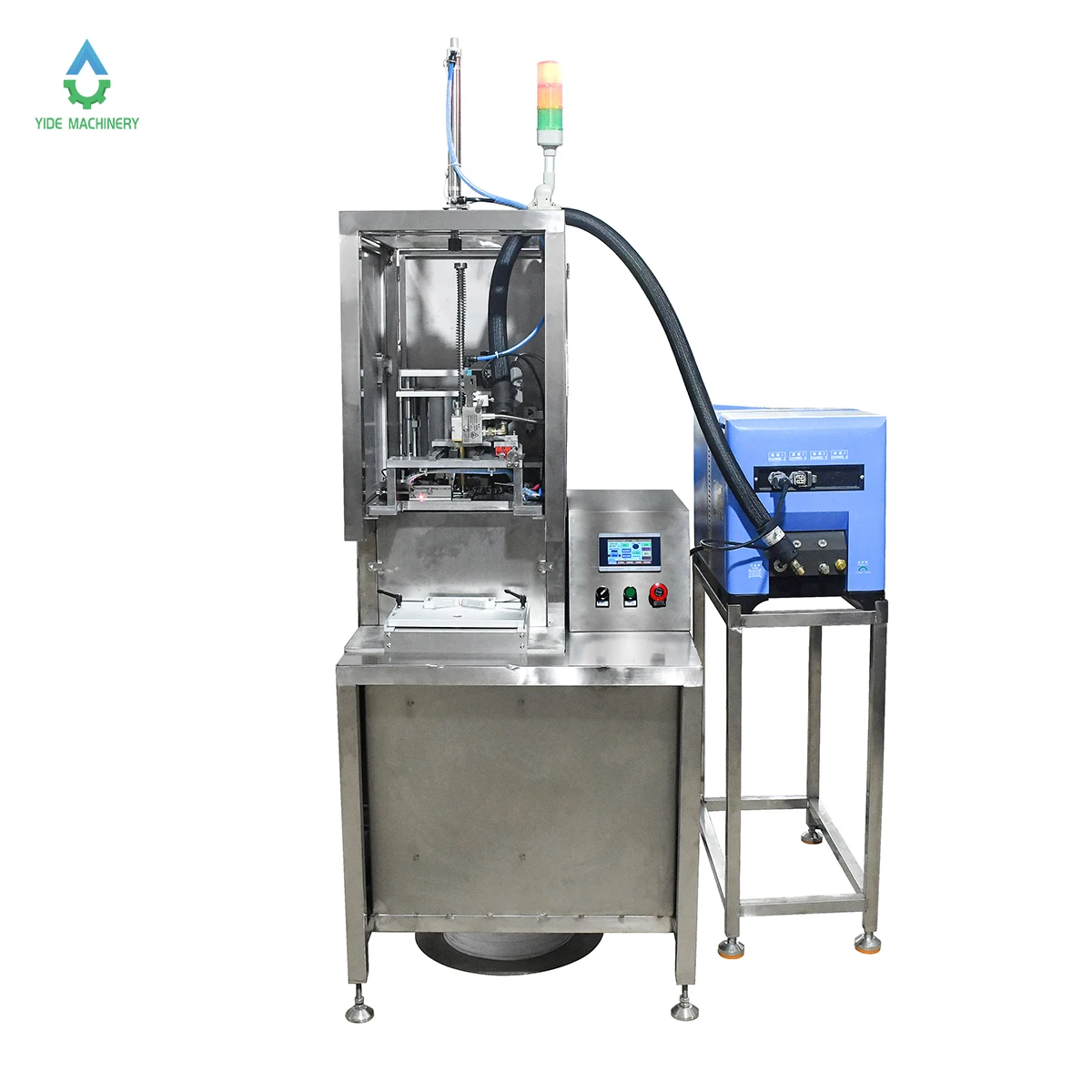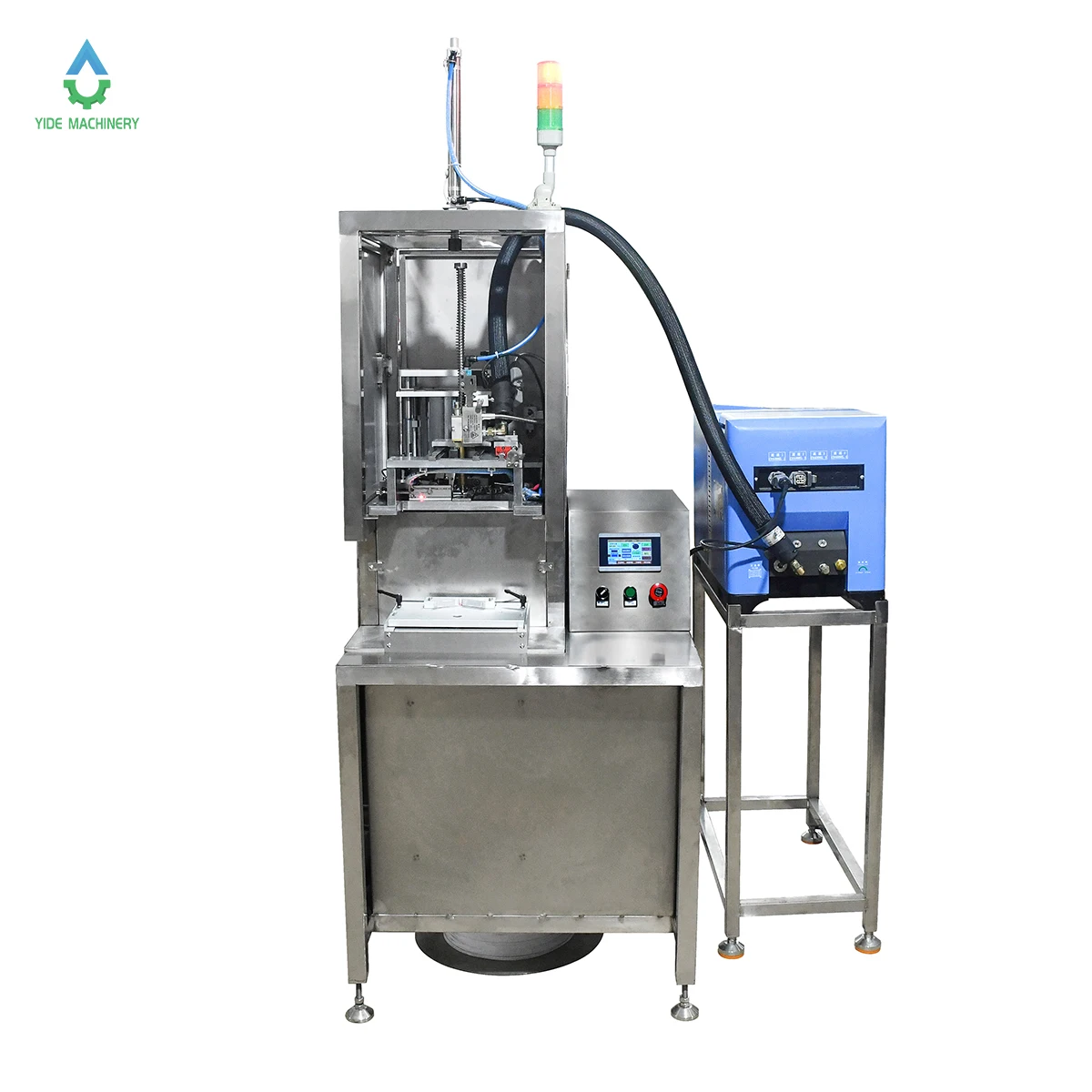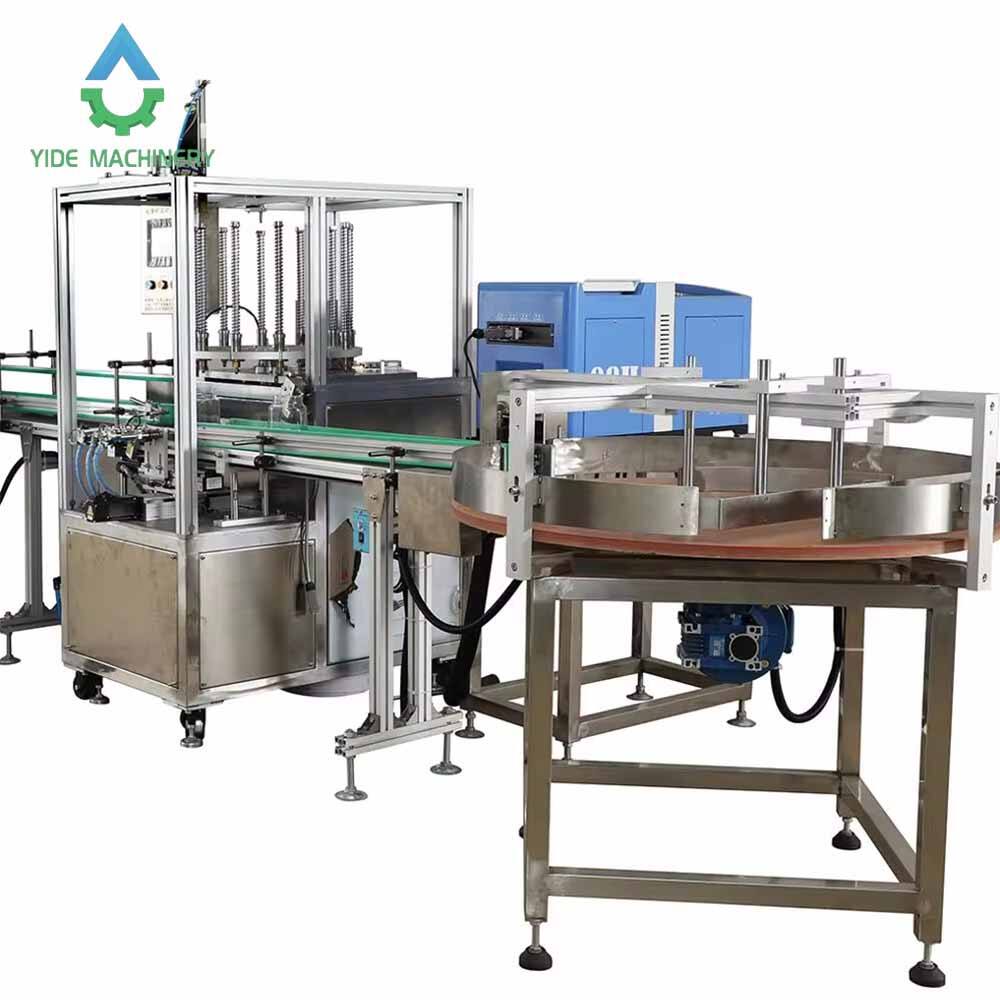There was no candle maker and paraffin wax before, how did people make wax?
The wax raw material of the candle machine is mainly paraffin. Because of its low cost and large output, it is widely used. But when there was no paraffin wax, and no candle machine, how to make wax?
Nowadays, it is generally believed that candles originated from torches in primitive times. Primitives smeared fat or wax on bark or wood chips and tied them together to make torches for lighting. There is also a legend that in the ancient times of the pre-Qin period, someone tied mugwort and reed into a bunch, then dipped it in some grease and lighted it for lighting purposes. Later, someone wrapped a hollow reed with a cloth and put it in beeswax to light it.
The beeswax that appeared in the 3rd century BC may be the prototype of the candles seen today. In the West, for a period of time, bees were kept in monasteries and used to make beeswax. This is mainly because the Catholic Church believed that beeswax was the birthplace of virgins. Symbol, so beeswax is regarded as pure light and is enshrined on the altar of the church. Judging from the existing literature, the time when beeswax was produced in my country was roughly the same as that in the West. Japan introduced this candle from my country during the Nara period (710-784 AD).

The popularity of candles has gone through a long historical period. The "Xijing Miscellaneous" records that in the Han Dynasty, Nanyue paid tribute to Gaodi among the candles. It is said that the king rewarded officials above the marquis during the cold food festival. The high-grade officials used candles to show that candles were extremely rare at that time. In the Southern and Northern Dynasties, candles were a little more common, but they were mainly used in the upper class instead of ordinary people’s homes. In the Tang Dynasty, it was also recorded that there were candles among the tributes in Jinzhou. In addition, the officials of the Tang Dynasty set up an official to manage the palace candles. The Song Dynasty records that in the border trade with Xixia at that time, candles were the items traded. As a kind of foreign trade and foreign exchange, candles show that although they were commonly used at that time, they were still relatively precious. After the Ming and Qing Dynasties, candles gradually entered the homes of ordinary people, and people used more in their daily lives, but ordinary lamps, such as oil lamps and torches, were still not the same as candles.
Compared with modern candles, ancient candles have many shortcomings. Li Shangyin, a poet in the Tang Dynasty, had a poem saying "Why should we cut candles in the west window together". Why does the poet cut the candle? At that time, the candle wick was twisted with cotton thread and stood in the center of the flame. Since it could not be burned out and charred, it was necessary to cut off the end of the remaining candle wick with scissors from time to time. This is undoubtedly a troublesome thing. In 1820, the Frenchman Jean Pacherie invented a candle wick made of three cotton threads, which made the wick naturally loosen when it burned, and the end was just raised to the outside of the flame, so it could burn completely.
However, the candle needs to be further improved. Its material is generally animal fat with many shortcomings. To solve this problem is Michel Eugene Chevreul and others. Between June and July 1809, French chemist Michel Eugène Schaeffler received a letter from a textile factory asking him to analyze and determine the composition of a soft soap sample they sent. He held this letter and thought for a long time, thinking: To study soap, it seems that you have to start with raw oils. In school experiments with very simple equipment and simple equipment, he studied various oils and fats used in the saponification process. After a lot of experiments, he discovered for the first time the fact that in all fats and oils, regardless of their source, the content of fatty acids accounted for 95%, and the remaining 5% was glycerin produced during the saponification process. Through research, he clarified the nature of the saponification process. At the same time, he also made a major discovery: because of the glycerin in the candle made of grease at that time, the flame burned with smoke and smelled unpleasant. If stearic acid is used to make candles, not only will the flame be bright when burning, but also there will be almost no black smoke and no air pollution. Schaeffler told his findings to Guy Lussac (Joseph LouisGay-Lussac), and suggested that the two jointly study how to solve this problem in detail. They saponified the fat with a strong base, and then decomposed the soap with hydrochloric acid to remove stearic acid. This is a white substance with a greasy feel to the hand. Candles made from it are soft in texture and cheaper. In 1825, Schaeffler and Guy Lussac obtained a patent for the production of paraffin stearin candles. The emergence of paraffin stearin candles opened a new era in the history of human lighting. Later, someone discovered a large oil field in North America, so a large amount of paraffin can be extracted from the oil, and the ideal candle has been popularized and promoted all over the world.
When electricity was not used in ancient times, the lighting effect of candles was particularly important. But with the rapid development of high technology today, people generally no longer use candles in their daily lives, and candles are more emotionally given, such as couples meeting, birthday dinner, mourning for the dead, prayers for the future, etc. And so on, especially on anniversaries and festive days, people will light candles. In addition, candles are often used as a physical or chemical experiment.

 EN
EN
 AR
AR
 BG
BG
 HR
HR
 DA
DA
 NL
NL
 FI
FI
 FR
FR
 DE
DE
 EL
EL
 HI
HI
 IT
IT
 JA
JA
 KO
KO
 NO
NO
 PL
PL
 PT
PT
 RO
RO
 RU
RU
 ES
ES
 SV
SV
 TL
TL
 IW
IW
 ID
ID
 LV
LV
 SK
SK
 SL
SL
 VI
VI
 ET
ET
 HU
HU
 TH
TH
 TR
TR
 AF
AF
 LB
LB














